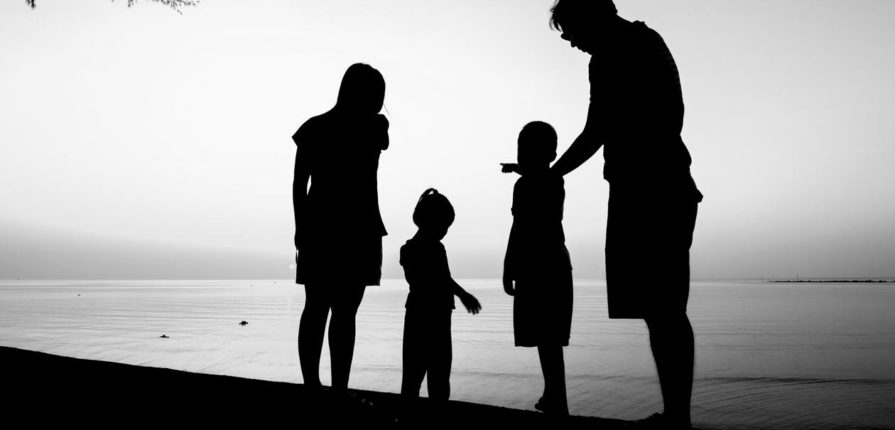NEW ARTICLE: Professor Marit Skivenes and colleagues at UC Berkeley, USA, compare citizens’ rights orientations in context of child protection in Norway and California (USA).
The UN Convention on the Rights of the Child (UNCRC) emphasize the universality of human rights for all children, regardless of political, social, or cultural context. Yet, in circumstances of potential harm to a child, child protection officials must weigh the rights of the child against that of the parents.
In a recently published study in International Journal of Social Welfare,[1] Professor Marit Skivenes together with Professor Jill Duerr Berrick and Dr. Joseph N. Roscoe examine populations’ attitudes towards this dilemma in Norway and California (USA).
The study employs an experimental survey vignette method in which a realistic scenario has three levels of risk for the child which was randomized amongst respondents. Furthermore, all respondent was then asked about their views on the rights of the child, the rights of their parents, and of their equal rights.
– We examined if citizens in Norway and California display variation in their rights orientations depending on the risk level in the case, and if suggested interventions were corresponding to rights orientations, explains Skivenes.
Norwegians are more likely to embrace children’s rights orientation than Californians
While the study does not find substantial differences in either case as to whether people’s attitudes towards rights changes with the concerns for the child’s health and safety, it does point to differences in rights orientation among Norwegians and Californians. Residents of Norway are more likely to embrace a children’s rights orientation than California residents who expressed mostly an equal rights and children’s rights orientation:
– The fact also that Norwegian respondents’ attitudes about children’s rights were consistently high is noteworthy. Even in a low-risk context, a large majority of Norwegians offered responses that showcased their orientation toward children’s rights and/or equal rights, says Marit Skivenes.
In addition, the article displays that the acceptance of parents’ rights is higher in California compared to Norway. Thirty percent of California respondents indicated that they favored parents’ rights orientation compared to only ten percent in Norway. Arguably, states Skivenes, these differences reflect some of the tensions prevalent in US society and in the development of child protection, where parent’s rights advocates are well organized and exert substantial political influence.
Immigration status and age mediates differences in rights orientation
Respondents who indicated having an immigrant background were more likely to espouse a preference for parents’ rights. Older adults, on the other hand, were less likely to favor parents’ rights. These findings were consistent across the two cases, taking into consideration the demographic variations; Norway having more people of old age and less immigrants compared to California.
– The fact that older residents of Norway were less likely than younger residents to favor parents’ rights is puzzling. In other population studies older Norwegians express stronger support for protecting biological bonds between children and parents, states Skivenes.
Are views of fundamental rights context specific?
The article offers important insights into public attitudes relating to children’s rights in two high-income nations. Furthermore, the findings from this study suggests that public understanding about fundamental rights may be context specific; that they are likely historically, politically, and culturally molded:
– The differences we see in the public’s orientation toward rights between the two countries are indicative of the underlying cultural conditions to which legislators and, ultimately, child protection staff must respond, concludes Skivenes.
[1] J. D. Berrick, M. Skivenes & J. Roscoe. 2022. Children’s rights and parents’ rights: Popular attitudes about when we privilege one over the other. International Journal of Social Welfare. https://doi.org/10.1111/ijsw.12523

